Are you looking to buy some new pans and pots or a complete cookware set? We know from experience that the material options can be overwhelming. Cast iron, aluminum, stainless steel, copper, carbon steel, which type should you get and why?
We would like to help with your decision-making process by providing helpful information about the different materials so you can pick the right one for your needs.
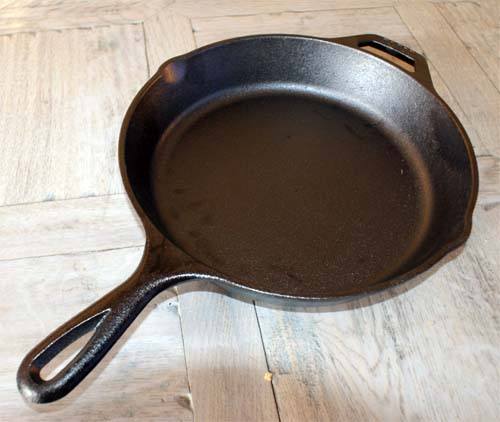
In this article, we’ll perform a detailed analysis of the cast iron cookware and answer the most common questions other people like you have. Enjoy!
What is cast iron cookware made of?
The material used to build this cookware is an iron alloy, including between 2% and 3.5% of carbon. This alloy is similar to the one used for carbon steel products, but these last ones contain no more than 2% of carbon in the mix.
The highest carbon content in the mixture makes cast iron pots and pans cookware more prone to break than other materials like stainless steel. Cast iron pans tend to be heavy and thick to prevent breaking.
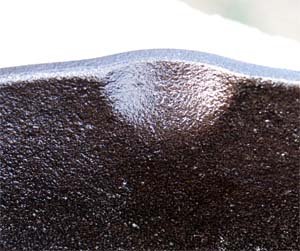
Is a cast iron cookware oven-safe?
Yes, A typical oven used in residential homes can reach temperatures up to 500 to 550 F (260 to 288 C). A cast iron product tolerates temperatures up to 2000 to 2200 Fahrenheit (1090 to 1200 Celsius) without melting. Without a doubt, cast iron is one of the best heat-resistant materials.
Would a cast iron cookware work on an induction cook top?
Yes. These products work perfectly on induction stoves thanks to the cast iron magnetic properties.
Are cast iron pans and pots safe to use on glass top stoves?
Cast iron pans tend to be heavy and have a rough surface. In general, using them on glass stoves is not recommended. If used, they have to be placed with care on the glass to avoid scratching or damage and avoid sliding.
Is a cast iron cookware dishwasher safe?
Using a dishwasher to clean your cast iron pans is not good. In addition to a high probability that your pan will get rusty, the seasoning will wear out, losing its non-stick coating.
Cast iron cookware needs special care. Handwashing it right after use is highly recommended. Use only warm water and non-abrasive sponges, and dry them with a soft kitchen towel.
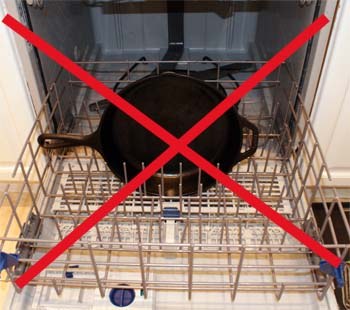
Is cast iron nonstick cookware?
After being correctly seasoned, they are naturally nonstick without oil or cooking sprays. With proper care, the non-stick properties of these products get better over time. This improvement with use is especially true if you use them for cooking greasy food such as bacon, chicken with skin, hamburgers, etc.
Is using cast iron cookware safe for your health?
In general, they are non-toxic but pans made of cast iron can leach tiny amounts of iron and become somewhat toxic for the few people that are genetically predisposed to iron poisoning.
Cast iron is non-reactive after seasoning but can react to acidic foods after cooking for a while. In this case, there’s a chance that the food can get a metallic flavor and that the acid can ruin the seasoning. If you plan to cook acidic foods often, enameled cast iron pans are a better option for your needs.
How long does cast iron cookware last?
These pans and pots are so durable that they are usually passed along from generation to generation.
Pros and Cons of Cast Iron Cookware
Benefits of cast iron
- They are virtually indestructible—some of the most durable pans and pots available.
- Thanks to their strength and the high melting point, they work on any cooktop, grill, or oven without any issues.
- Because of their durability and direct heat tolerance, they are perfect for camping and outdoor cooking.
- They are naturally non-stick after seasoning.
- They hold an excellent heat capacity.
- They look great, giving a classic, kind of vintage, grandma’s feel to your kitchen.
- They are easy to clean using light soap, hot water, and nonabrasive sponges.
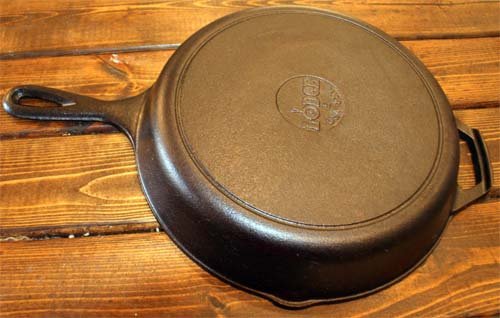
Disadvantages of cast iron
- They are heavy and get very hot; they may get challenging to maneuver if you are not a strong person.
- Handles can get very hot and burn your hands. Using silicone accessories to pick up the pans is highly recommendable.
- They take time to heat up and are slow to cool down.
- They can react to acidic foods.
- Properly seasoning the pans and pots requires some skill level. Luckily some brands sell pre-seasoned cookware.
What can you cook using cast iron pans and pots?
This cookware is very versatile. It is excellent for searing, roasting, simmering, sauteing, and baking. However, preparing acidic food is not recommended. Fried or scrambled eggs, pies, stews, and roasts are a few foods you can cook.
It is also the best material you can use when the food requires to go smoothly from stove to oven. For example, it is perfect for searing steaks and cooking them to the desired point inside the range.
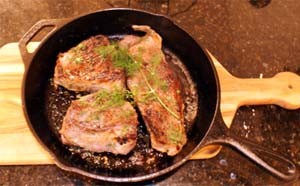
What brands currently offer cast iron cookware?
What are the best cast iron cookware brands?
Several brands are offering cast iron pots and pats. The most popular ones are Lodge, Ozark, Mainstays, Victoria, Our Table, and Calphalon. The brand Lodge is the traditional choice; this manufacturer has produced cast iron products in the United States since 1896.
We hope this article has helped you learn more about this versatile product and answered at least some of your concerns. If you have any additional information you’ll like to see discussed here or would like to offer your opinions, please submit a comment below. Thanks!
